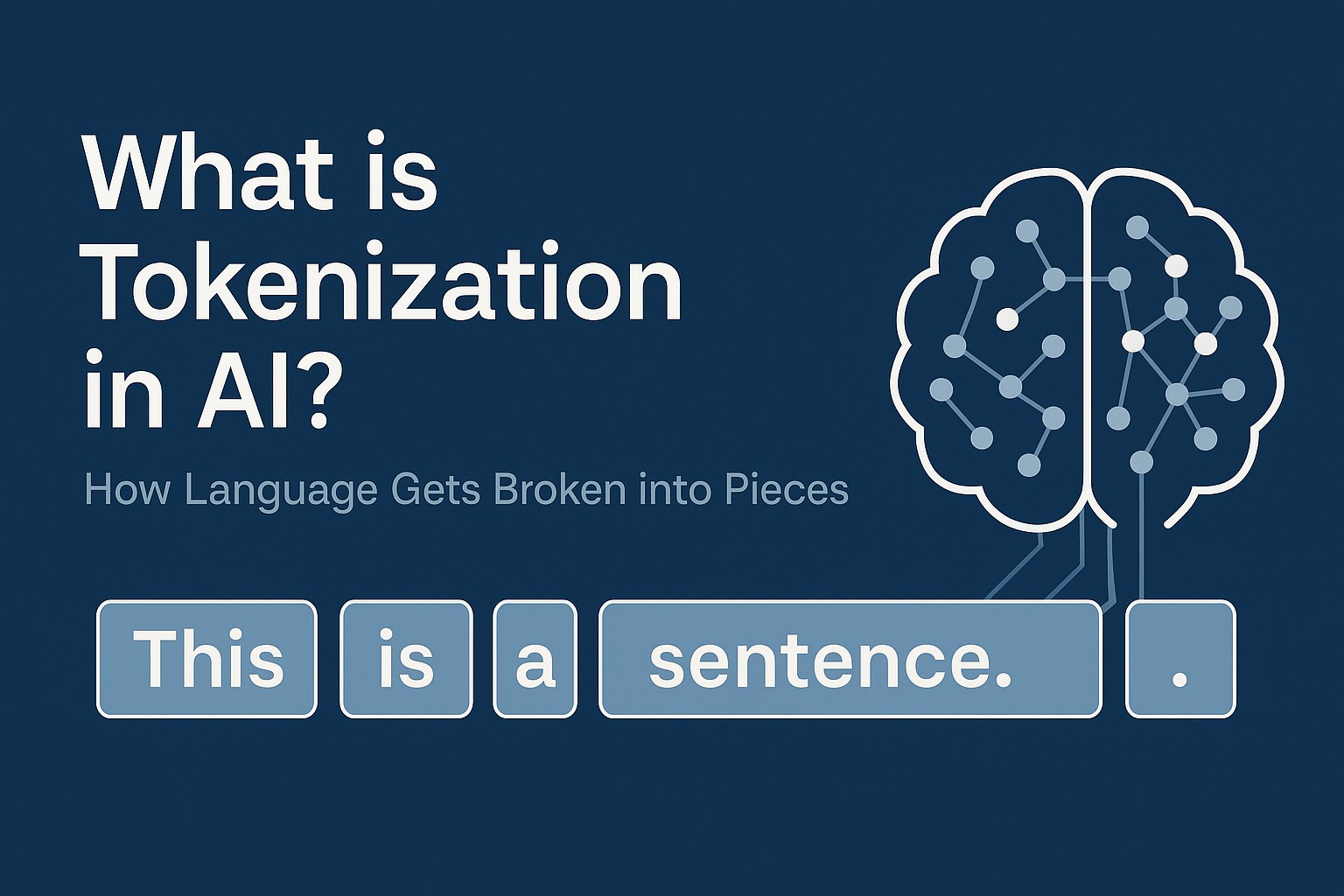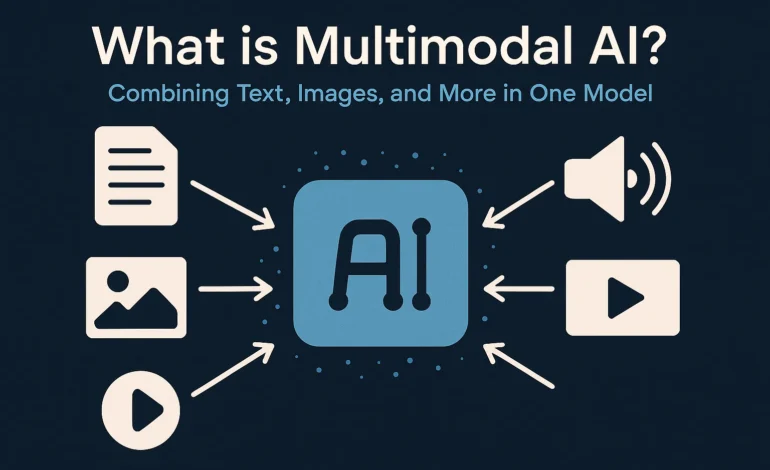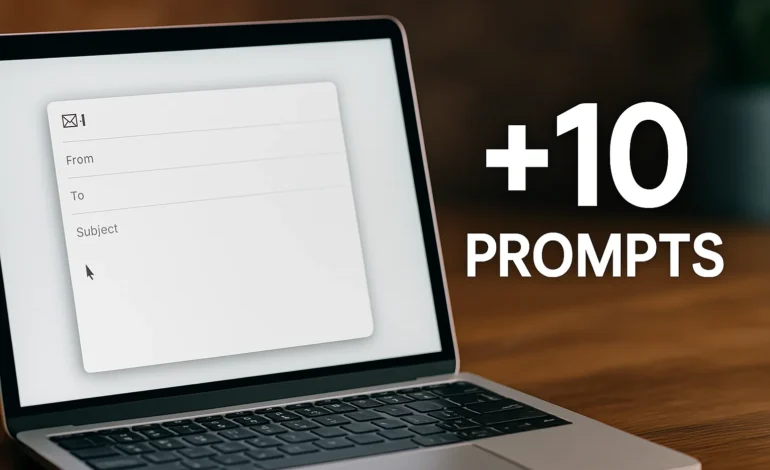
What is Prompt Engineering? How to Talk to AI for Better Results
Prompt engineering is the art and science of crafting inputs—called prompts—that guide AI models like ChatGPT, DALL·E, and other large language models (LLMs) to produce better, more accurate outputs. A well-crafted prompt can dramatically improve not just the relevance of a response, but also its structure, tone, and usefulness.
Unlike human conversations, AI systems don’t understand intention the way we do. Instead, they predict the next word or token based on learned patterns. That’s why the way you phrase your prompt matters as much as the request itself. Prompt engineering is about speaking the AI’s language—giving it the best possible starting point to deliver the answer you actually want.
In practice, prompt engineering helps users get more precise answers, avoid misunderstandings, and guide AI systems toward outputs in specific formats, whether that’s a bulleted list, an email draft, or even a piece of computer code. It’s becoming a core skill for developers, researchers, and anyone who works closely with AI tools.
There are several popular techniques within prompt engineering. Role prompting, for example, sets a specific persona for the AI (“Act as a lawyer…”) to sharpen its tone and reasoning. Few-shot prompting provides examples within the input, helping the model generalize better. Instruction tuning uses clear, direct commands to shape the structure of a response. Even asking the AI to break down a problem step-by-step can drastically improve the quality of the output.
Although fine-tuning and prompt engineering are sometimes discussed together, they are fundamentally different. Fine-tuning alters the AI model itself, requiring specialized training and datasets, while prompt engineering works externally by simply refining the input without changing the model’s internal parameters.
🔎 In a Nutshell
Prompt engineering is the skill of designing inputs that guide AI models toward better outputs. As AI tools become more common in daily life and business, mastering this skill will be essential for anyone who wants to use these systems effectively.
📚 For more foundational terms and concepts, check out our full AI Glossary.

















